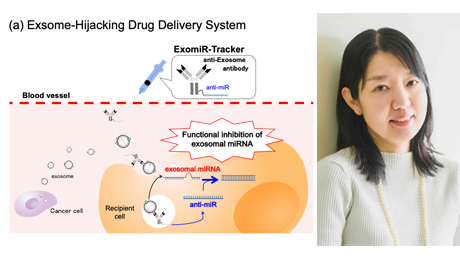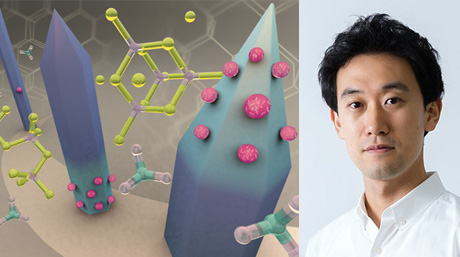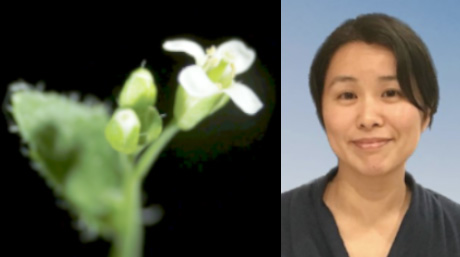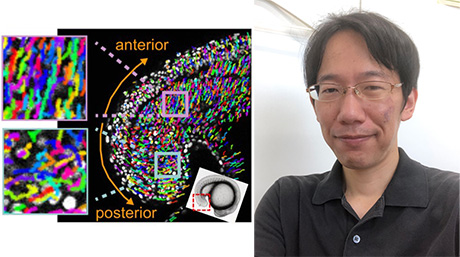Life Science and Technology News
【Labs spotlight】 Yoh-ichi Tagawa Laboratory
Creating living systems in vitro
The Department has a variety of laboratories for Life Science and Technology, in which cutting-edge innovative research is being undertaken not only in basic science and engineering but also in the areas of medicine, pharmacy, agriculture, and multidisciplinary sciences.
This "Spotlight" series features a laboratory from the Department and introduces you to the laboratory's research projects and outcomes. This time we focus on Yoh-ichi Tagawa Laboratory.
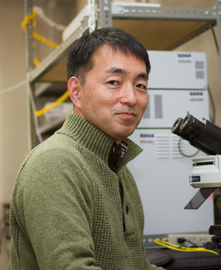
Areas of Supervision
Primary/Life Science and Technology
Associate Professor Yoh-ichi Tagawa![]()
| Degree | 1997, The University of Tokyo Doctor of science |
|---|---|
| Areas of Research | Developmental Engineering, Biochemistry, Regenerative Medicine, Synthetic Biology, Tissue Engineering. |
| Keywords | Liver, ES cell, iPS cell, In Vitro Model, Liver, Hepatitis, Metabolism, Knock-out, Disease Model. |
| Website | Yoh-ichi Tagawa Lab. |
Research interest
Our laboratory is challenging to create in vitro mammal models for alternatives of animal experiments or clinical tests. Living is a system which maintains non-equilibrium state to outside by producing energy after taking some materials. Now, we are trying to culture embryonic stem (ES) cell-derived heart, liver, pancreas, intestine, neural tissues on a medium-circulating micro-fluidic device, expecting close to the in vivo metabolism system for minimal mammal system. For this purpose we are working on the following points:
- 1.Drug metabolism/Cytotoxicity assay using ES/iPS cell-derived liver tissue culture system.
- 2.In vitro liver disease models, such as HBV infection and Hepatitis, using ES/iPS cell-derived liver tissue culture system.
- 3.Differentiation of mouse/human ES/iPS cells to liver, pancreas, intestine, neural tissues in vitro.
- 4.Tissue culture on a medium-circulating micro-fluidic device, especially for metabolism assay.
- 5.In vitro ES/iPS-derived tissues having circadian rhythm.
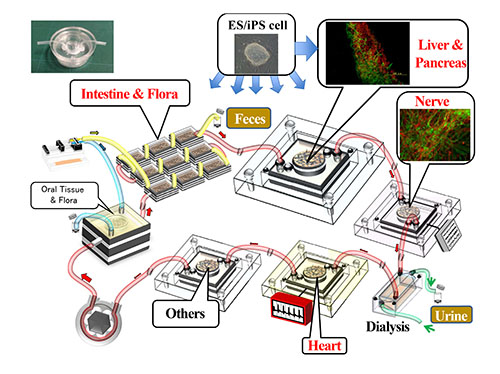
Figure 1
Selected publications
- [1] Ahn, S., et al., An in vitro liver model consisting of endothelial vascular networks surrounded by human hepatoma cell lines allows for improved hepatitis B virus replication. J. Biosci. Bioeng. 118:107-111, 2014.
- [2] Aratsu, F., et al., Dynamic chemotactic response of fibroblasts to local stimulation using EGF-immobilized microbeads. Biomaterials 35:2471-2476, 2014
- [3] Tamai, M., et al., In vitro recapitulation of the urea cycle using murine embryonic stem cell-derived in vitro liver model. Amino Acids 45:1343-51, 2013
- [4] Tamai, M., et al., Characterization of a liver organoid tissue composed of hepatocytes and fibroblast in dense collagen fibrils. Tissue Engineering part A 19:2527-2535, 2013
- [5] Ryu, J.-Y., et al., Chimeric analysis of EGFP and DsRed2 transgenic mice demonstrates polyclonal maintenance of pancreatic acini. Transgenic Res. 22:549-556, 2013
- [6] Toyoda, Y., et al., Acetoaminophen-induced hepatotoxicity in a liver tissue model consisting of primary hepatocytes assembling around an endothelial cell network. Drug Metab. Dispos. 40:169-177, 2012
- [7] Tsutsui, M., et al., Characterization of cytochrome P450 expression in murine embryonic stem cell-derived hepatic tissue system. Drug Metab. Dispos. 34:696-701, 2006
- [8] Ogawa, S., et al., Crucial roles of mesodermal cell lineages in a murine embryonic stem cell-derived in vitro liver organogenesis system. Stem Cells 23:903-913,2005
- [9] Tagawa, Y., et al., Suppression of concanavalin A-induced hepatitis in IFN-γ(-/-) mice, but not in TNF-α(-/-) mice: role for IFN-γ in activating apoptosis of hepatocytes. J. Immunol. 159:1418-1428, 1997
Contact
Associate Professor Yoh-ichi Tagawa
Room1221, B2 building, Suzukakedai campus
Email ytagawa@bio.titech.ac.jp
*Find more about the lab and the latest activities at the lab site![]() .
.
*May 1, 2025:Some of the content has been updated with the latest information.

